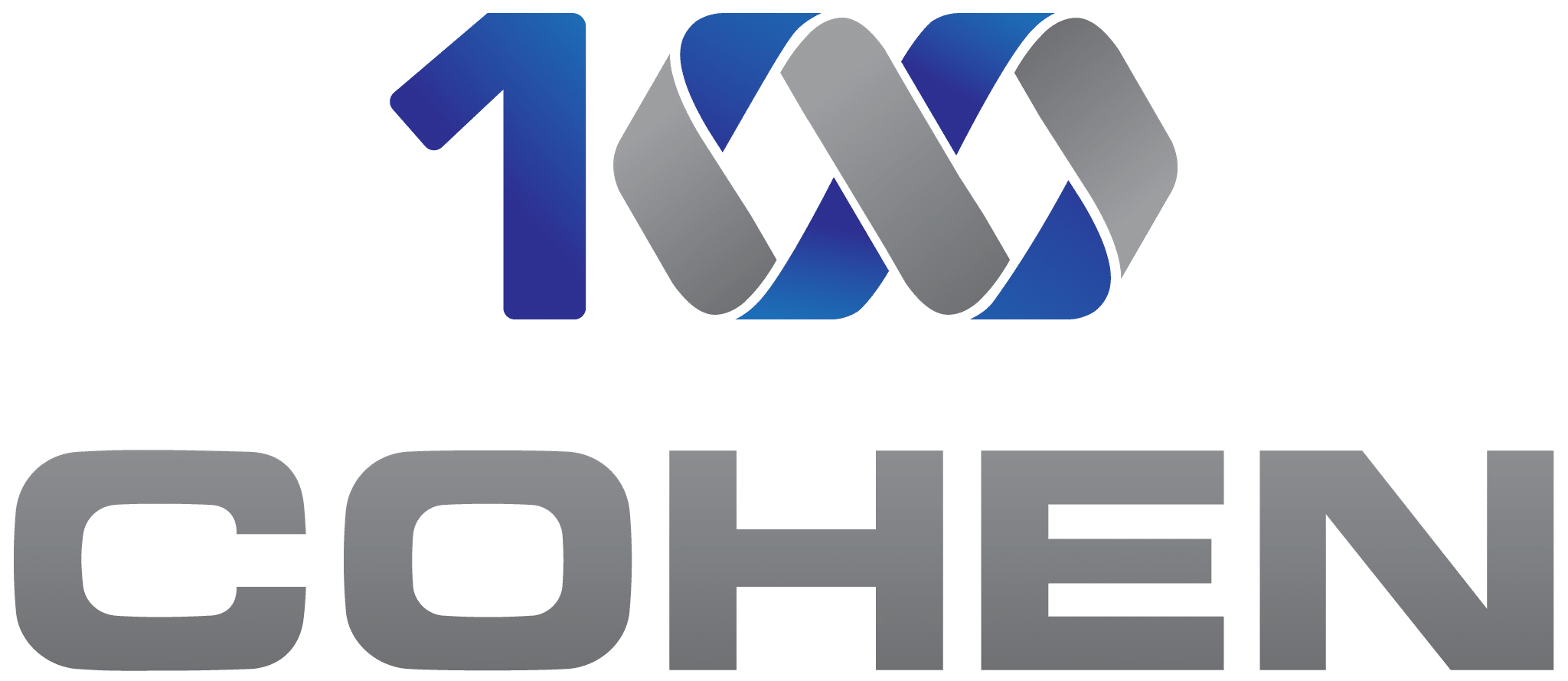WHAT IS FERROUS METAL?
Ferrous refers to iron and steel. The word “ferrous” is derived from the Latin word for iron, ferrum.
The most well-known features of iron include its natural magnetism and the signature orange rust of iron that’s been exposed to the elements. Iron is the second most commonly occurring metal in the Earth’s crust, and it is because of the movement of molten iron in the planet’s core that the Earth has a magnetic field.
WHAT IS the easiest way to separate ferrous metal?
Almost all ferrous metals are magnetic. Using a magnet is one of the easiest ways that recyclers can separate their ferrous and non-ferrous metal to sell at Cohen. If it sticks, it belongs with ferrous, and if it doesn’t stick, it’s non-ferrous. Cohen uses enormous electromagnets mounted to excavators to move ferrous scrap and load and unload trucks.
what are some COMMONLY RECYCLED FERROUS SCRAP?
- Appliances: Washers/dryers, dishwashers, refrigerators/freezers, air conditioners, water heaters, stoves
- Cars and some car parts: Rotors, drums, motor blocks
- Cast iron, sheet metal, and wrought iron found in buildings, like ductwork, radiators, and railings
- Plate & structural: I-beams, rebar, corrugated iron
- Railroad scrap and railcars
IS FERROUS SCRAP VALUABLE?
Unlike non-ferrous scrap, ferrous metal is generally priced by the ton rather than the pound. On a per-pound basis, non-ferrous usually ends up being more valuable. Most non-ferrous metals are lightweight, while ferrous items like cars and I-beams are much heavier. A small trunk load of non-ferrous will probably pay better than a trunk full of ferrous (assuming you could even get it in your trunk). However, a bulk volume of ferrous scrap can make for a nice payout.
Ferrous prices are adjusted on a monthly basis to reflect the global supply and demand. The prices that scrap dealers pay for ferrous metal ultimately ties back to what steel is selling for. Industries that need scrap for steel, like automaking, homebuilding, construction and infrastructure, electrical, oil, and aerospace, go through surges and dips in production that increase or decrease the value of scrap, respectively. That filters all the way down to the individual scrapper selling appliances for cash at a recycling center.
What are some structural applications of ferrous metal?
Steel and iron truly are the backbone of the U.S. economy, given just how many different industries and applications they are involved in. One of the most visible places the average person is likely to encounter steel and iron is on the road. Not just in the cars and trucks that travel on it, but the bridges, tunnels and dams that carry people and goods across the country literally non-stop.
Why should i recycle Ferrous metal?
Recycling ferrous metal conserves energy and saves landfill space. It takes less energy to create iron and steel from recycled iron than from iron ore. Using recycled metals also helps mitigate some of the damage done in the mining process, which is energy- and water-intensive and does extensive, lasting damage to the surrounding area.
